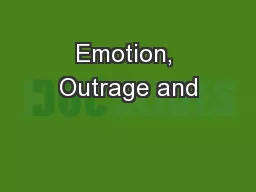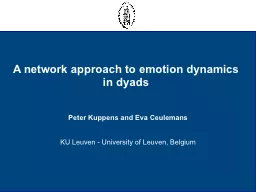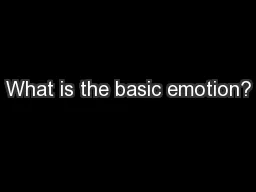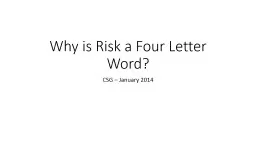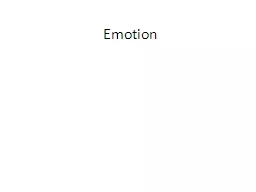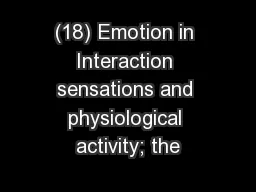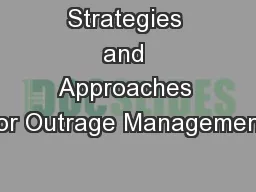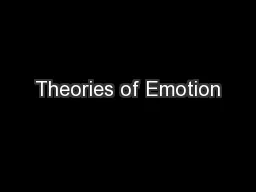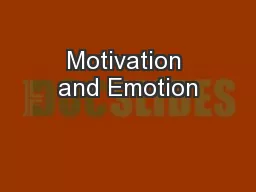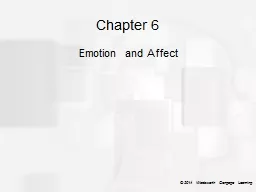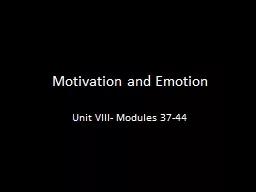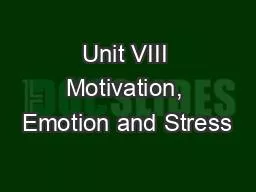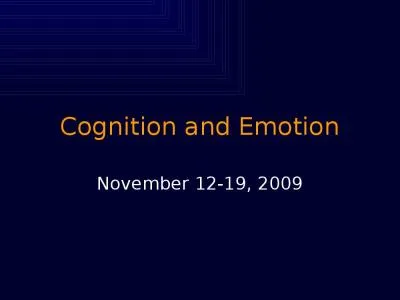PPT-Emotion, Outrage and
Author : debby-jeon | Published Date : 2017-05-25
Public Participation October 2009 Fremantle WA Stephani Roy McCallum Welcome IAP2 Your Trainer Peter Sandman Meet Peter wwwpsandmancom Meet Each Other Introduce
Presentation Embed Code
Download Presentation
Download Presentation The PPT/PDF document "Emotion, Outrage and" is the property of its rightful owner. Permission is granted to download and print the materials on this website for personal, non-commercial use only, and to display it on your personal computer provided you do not modify the materials and that you retain all copyright notices contained in the materials. By downloading content from our website, you accept the terms of this agreement.
Emotion, Outrage and: Transcript
Download Rules Of Document
"Emotion, Outrage and"The content belongs to its owner. You may download and print it for personal use, without modification, and keep all copyright notices. By downloading, you agree to these terms.
Related Documents

